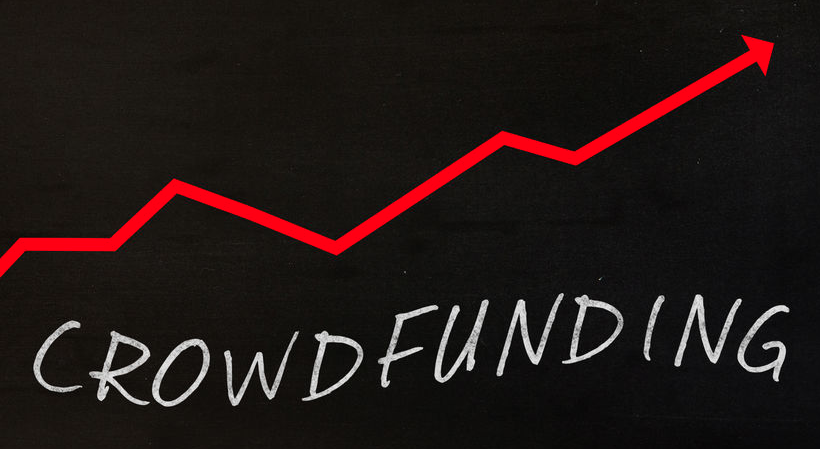Recently, StartupNation was approached by FutureDash, and they had a lot to say about crowdfunding. Here’s what CEO Kevin Strong had to say…
Tell us about your business. 
FutureDash is a technology startup focused on an energy management solution called EnergyBuddy, www.energy-buddy.com. It gives homeowners and small businesses awareness of their energy usage, helping them to save energy, money and the environment.
Although there are a few other home-energy, monitoring products available, we feel that EnergyBuddy is the lowest cost, most complete, most flexible solution, including all necessary hardware, software, mobile apps, and optional SmartPlugs for individual device and appliance monitoring and control.
We are self-funded up to this point, and decided to try crowdfunding for funding the working capital and other expenses for our first volume production order, by means of customer pre-orders.
Why did you decide to use IndieGoGo over other, crowd-sourced fundraising sites?
Our first choice was actually Kickstarter, which is much better known than Indiegogo, especially for technology projects, and already has a large built-in audience of technology enthusiasts and early adopters. Unfortunately, Kickstarter declined our project for unknown reasons so IndieGoGo was the obvious choice and appears to be number two amongst crowdfunding sites at this time.
What were the benefits of using IndieGoGo?
It provides an easy way to organize and advertise our pre-ordering campaign, a great way to raise working capital for our first production order and engage real, early-adopter customers.
Plus, the questions and feedback we have received from some of the customers that are pre-ordering are invaluable for helping us improve our product collateral, such as documentation, website, FAQ etc. (before we deploy to a broader audience), prioritize new product features on our product roadmap, and discover new ideas for product features and ways that customers would like to use our product.
Indiegogo also has no approval process, and it’s easy to get answers to questions by email from a real person!
What were the risks involved?
IndieGoGo gives you the choice of Fixed or Flexible funding. Flexible allows you to keep all the funds raised minus fees. With Fixed, you have to reach your goal in order to get the funds raised (all or nothing). Since we need to meet a minimum order quantity with our manufacturing supplier, and hence need a minimum amount of funding, we chose to use Fixed. Hence, the major risk was that we do not meet the goal.
With IndieGoGo, since there is no large built-in audience of technology enthusiasts, there is a big risk of not being able to drive enough traffic to the campaign in order to convert enough visitors to contribute funds. Marketing of the campaign is largely left entirely to us, and as a small startup with limited resources internally and for any major PR campaign, this has been the most difficult aspect.
What tips do you have for other entrepreneurs looking to use crowdfunding?
Our campaign ends on August 19th, so we are still waiting for the final results. But I would recommend that others using crowdfunding should be very prepared:
- Study successful projects similar to yours to guide you in putting together your project.
- Have a great video for promoting the project.
- Crunch your spreadsheets to know as accurately as possible how much money you will need, and include all the costs you will need to cover to deliver on your project, from soup to nuts.
- Make sure you have a solid, operational plan for executing the project and delivering to your funders in the timeframe you promise.
- Be prepared to put in significant effort on marketing and PR to advertise your campaign, especially, if you need to raise a significant amount and can’t rely just on your own network for all the funding.
Thanks for your insights on crowdfunding, Kevin!
If you’d like more information on increasing awareness for your business, please write to me below or at www.rembrandtwrites.com.






